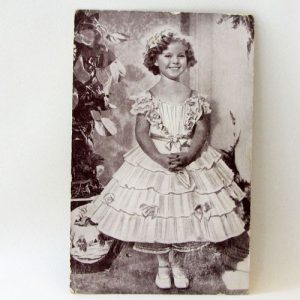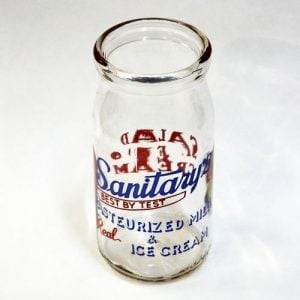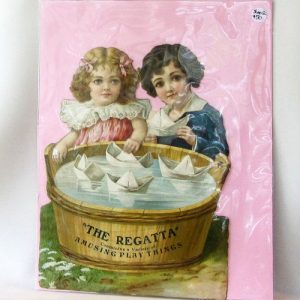Fishing Float – 4 inch thick dark brown net
$15.00
Description
The colour of the glass in these floats varies from green, to blue/green, to blue. You will receive one similar to those in the image.
Vintage Glass Fishing Floats. These authentic vintage glass fishing floats were found on the Hokkaido Island in Northern Japan and are 50 years old. Floats encased in natural fibres were used in the fishing industry for many years and are now highly sought after collectibles.
Handmade with seal buttons, each is a unique work of art. Display a group of them in a bowl, or add one of two to a collection of shells and driftwood. Make a larger float a centre piece in a room, as you would a vase. Hang them from your veranda or a tree and watch the light filter through. Display larger floats along with other nautical items in your beach house, pavilion, bar or boardroom.
In Japan glass floats were being replaced by plastic, styrofoam & aluminium floats from the 1970’s.
Glass floats were used by fishermen in many parts of the world to keep their fishing nets, longlines or droplines afloat. Large groups of fishnets strung together, sometimes 80km long, were set adrift in the ocean and supported near the surface by hollow glass balls or cylinders containing air, to give them buoyancy. There are no longer used, but many are still afloat in the world’s oceans, primarily the Pacific, and many more are languishing in boat sheds, just waiting to be re-purposed.
Norway started production in 1840 and the glass float was invented by Christopher Faye, a Norwegian merchant from Bergen. They were used in Japan from 1910 and most of the remaining glass floats originated in Japan because it had a large deep sea fishing industry.
Once a float lands on a beach it may roll in the surf and become etched by sand. Many show distinctive wear patterns from sand, sun and salt water.
The Japanese experimented with many different sizes and shapes of floats, ranging from 2inch to 20 inches in diameter. Elongated shapes are called rolling pin floats.
Most floats are shades of green because that is the colour of glass from recycled sake bottles, however clear, amber, aquamarine, amethyst and blue were also produced. The most prized colour is red, as gold was used to produce this colour. Other brilliant tomes such as cobalt blue, orange and emerald green were primarily made in the 1920’s and 1930’s.
Made by a glass blower, air bubbles in the glass area are a result of the rapid recycling process. After being blown, floats were removed from the blow pipe and sealed with a button of melted glass before being placed in the cooling oven. A later manufacturing method used wooden moulds to speed up the float making process. Glass floats were blown into a mould to more easily achieve a uniform size and shape. Seams on the outside of floats are a result of this process.






